|
|
|
|
|
|
|
|
Photo Gallery for Agkistrodon contortrix - Eastern Copperhead
| 73 photos are available. Only the most recent 30 are shown.
|
 | Recorded by: E. Patterson, K.Jamerson
Onslow Co.
Comment: |  | Recorded by: K. Bischof
Transylvania Co.
Comment: |
 | Recorded by: K. Bischof
Transylvania Co.
Comment: |  | Recorded by: K. Bischof
Transylvania Co.
Comment: |
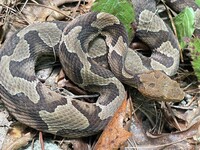 | Recorded by: K. Bischof
Transylvania Co.
Comment: |  | Recorded by: K. Bischof
Transylvania Co.
Comment: |
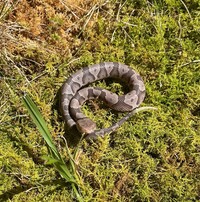 | Recorded by: K. Bischof
Transylvania Co.
Comment: | 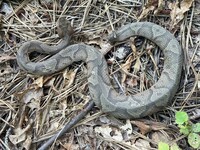 | Recorded by: K. Bischof
Transylvania Co.
Comment: |
 | Recorded by: Marilyn Westphal
Henderson Co.
Comment: |  | Recorded by: Marilyn Westphal
Henderson Co.
Comment: |
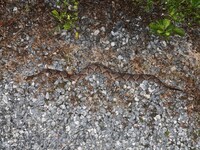 | Recorded by: K. Bischof
Transylvania Co.
Comment: | 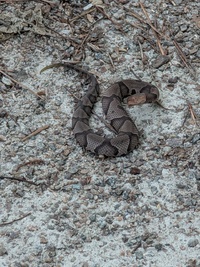 | Recorded by: Volunteer
Moore Co.
Comment: |
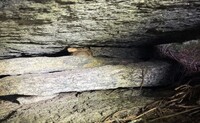 | Recorded by: K. Bischof
Transylvania Co.
Comment: |  | Recorded by: K. Bischof
Transylvania Co.
Comment: |
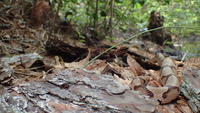 | Recorded by: Erich Hofmann and Kayla Weinfurther
Brunswick Co.
Comment: | 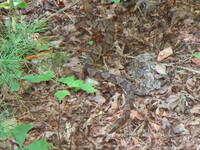 | Recorded by: Guy McGrane
Avery Co.
Comment: |
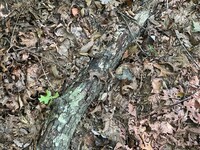 | Recorded by: J. Hall, J. Sealy, K. Bischof
Transylvania Co.
Comment: |  | Recorded by: K. Bischof
Transylvania Co.
Comment: |
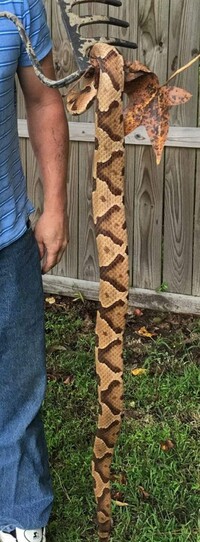 | Recorded by: michael wilson
Harnett Co.
Comment: | 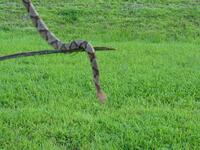 | Recorded by: Michael Wilson
Harnett Co.
Comment: |
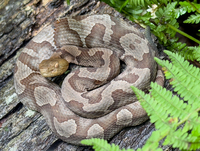 | Recorded by: Emily Stanley
Buncombe Co.
Comment: | 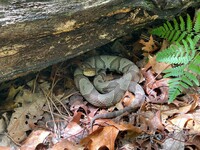 | Recorded by: K. Bischof, D. Schafer
Transylvania Co.
Comment: |
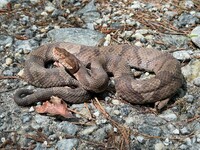 | Recorded by: K. Bischof
Transylvania Co.
Comment: |  | Recorded by: Caleb Garner
Wake Co.
Comment: |
 | Recorded by: Caleb Garner
Wake Co.
Comment: | 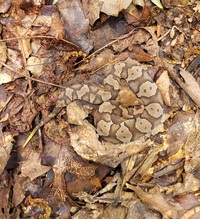 | Recorded by: Andrew W. Jones, James Cadolino
Polk Co.
Comment: |
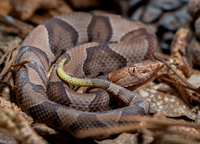 | Recorded by: Shreyes
Chapel Hill Co.
Comment: | 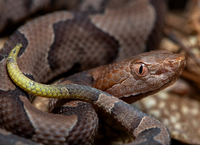 | Recorded by: Shreyes
Chapel Hill Co.
Comment: |
 | Recorded by: J. Mickey
Wilkes Co.
Comment: | 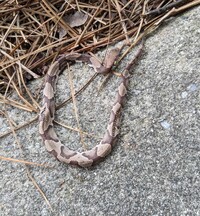 | Recorded by: Erich Hofmann and Kayla Weinfurther
New Hanover Co.
Comment: |
|

 »
» 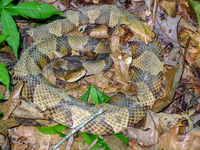



 »
» 

